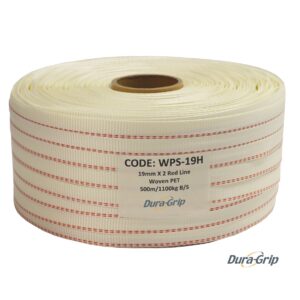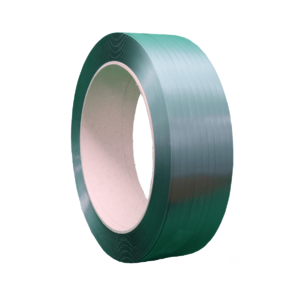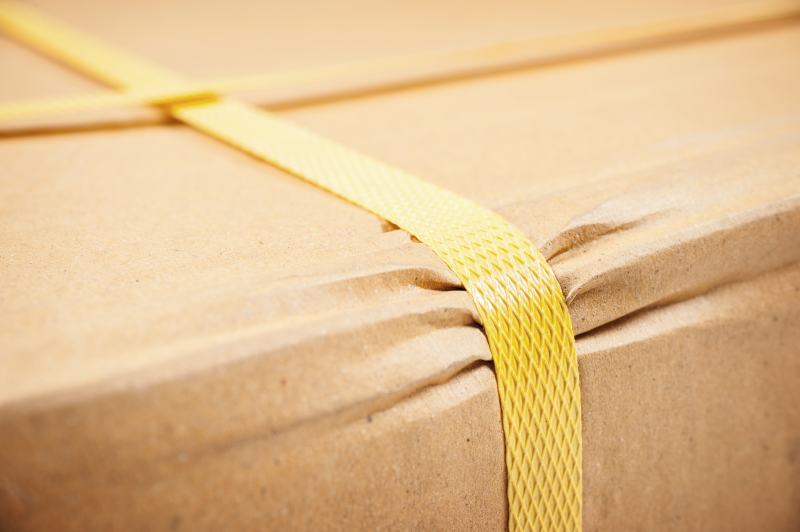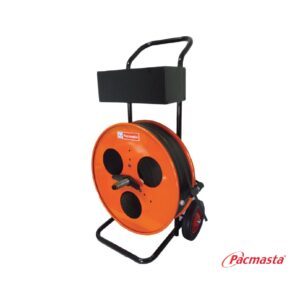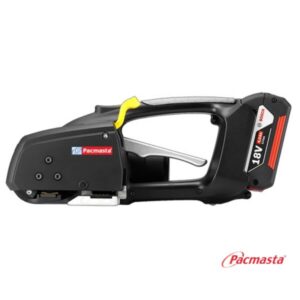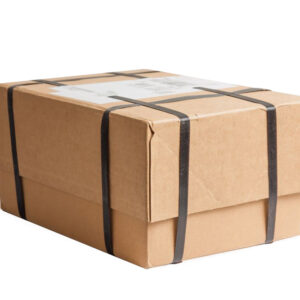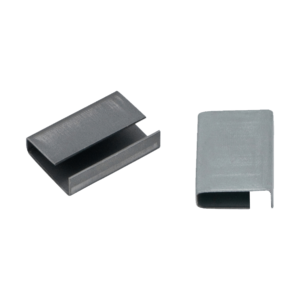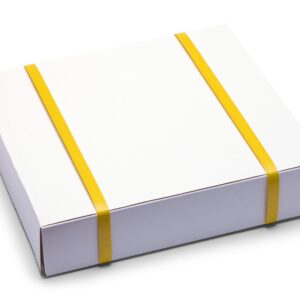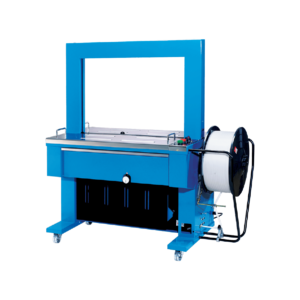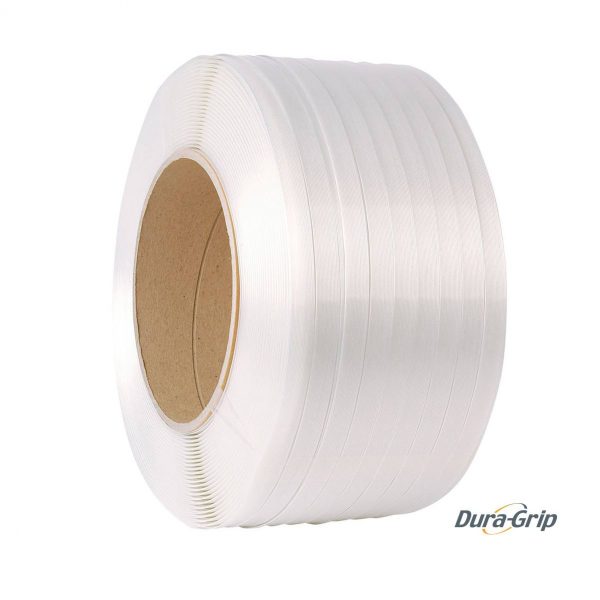
The Difference Between Strapping Types
In this article, we are going to look at the difference between the strapping types we supply. Strapping is essentially a flat ribbon that is used as banding for bundling items together to hold them in place for storage and shipment. It is also used to reinforce shipping cartons and pallets.
We will be focusing on PET, composite and woven strapping. Each type is made from different materials and their applications vary in the packaging industry.
Composite Strap
Dura Grip Composite Strap is known as synthetic steel and is the latest development in strapping technology. It is made from high strength polyester thread in a polymer coating. It can be applied in a limitless number of applications and will retain its tension, and if not, it can be re-tensioned.
Composite is light, flexible, contains no sharp edges so it won’t damage your products. It is weather and UV resistant and does not rot or rust. With high shock absorbency, if it stretches during impact, its elastic properties will shrink it back to its original shape. It is also abrasion-resistant and given that the join in any strapping is the weakest point, composite has high joint efficiency. For consistent and strong joining, composite buckles are recommended.
To get the best tension out of your composite strapping you will need a decent hand tensioning tool or for a busy production line, you will need a strapping machine.
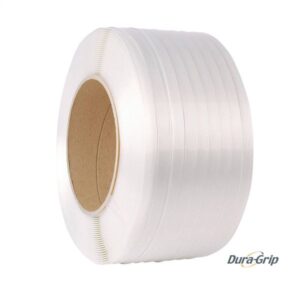
Woven strapping
Dura-Grip Woven strapping is made up of polyester fibres that are woven together in a multidirectional weave. This banding equals the breaking strain of steel strapping but is only 85% of the weight of steel strapping. It is unaffected by extremes of temperature, humidity or chemical substances. It does not rust or rot and is easy to handle, with no sharp edges that may injure during handling or cause damage to products.
Woven strapping is tougher than the alternatives with high cross-directional strength. It has more filaments that are woven together for extra strength with added stiffening agent in the strap to make it rigid enough for all industrial uses.
It also has high shock absorbency and won’t loosen from impact.
Woven strapping uses the same heavy-duty hand tools and tensioners as composite strapping.
The differences
Both composite and woven strapping are made of polyester. The difference between composite and woven strapping is that while woven strapping is made of multi-directional woven threads while composite strap is made of vertical fibres coated together by clear polypropylene. Due to this coating, it is much stiffer than woven strap. This stiffness is easier to feed underneath pallets.
Both the strapping types require different finishes on the buckles with woven strap needing phosphate coated buckles to create more friction. Composite strapping is more likely to fray with phosphate coated buckles and requires galvanised buckles for sealing the strap.
PET Strapping
Dura-Grip PET strapping has unique qualities that make it one of the best materials for securing pallets or unit loads. It is the strongest of the plastic strapping materials and is used as an alternative to steel strapping. With excellent elongation and recovery properties that keep it tight, it has good shock absorption. Though it is as strong as steel, it is not resistant to sharp edges which may cut it during transport.
It retains tension, is super lightweight, weather-resistant, cheap and safe to use. For efficient strapping and unitizing loads it is best applied with heavy-duty hand tools. We also supply battery operated combo tools for efficiency and ergonomics.
The Benefits of PET Strapping
The benefit of using all three of the above is that they are light-weight with PET strapping being the lightest. The woven and composite strapping is softer without sharp edges compared to PET strapping, causing less workplace injury while handling.
Its always important to check if you are using the right strap, seals and tools for the job. You will want to avoid making costly mistakes and get the right advice before you go ahead and prepare your shipment.

